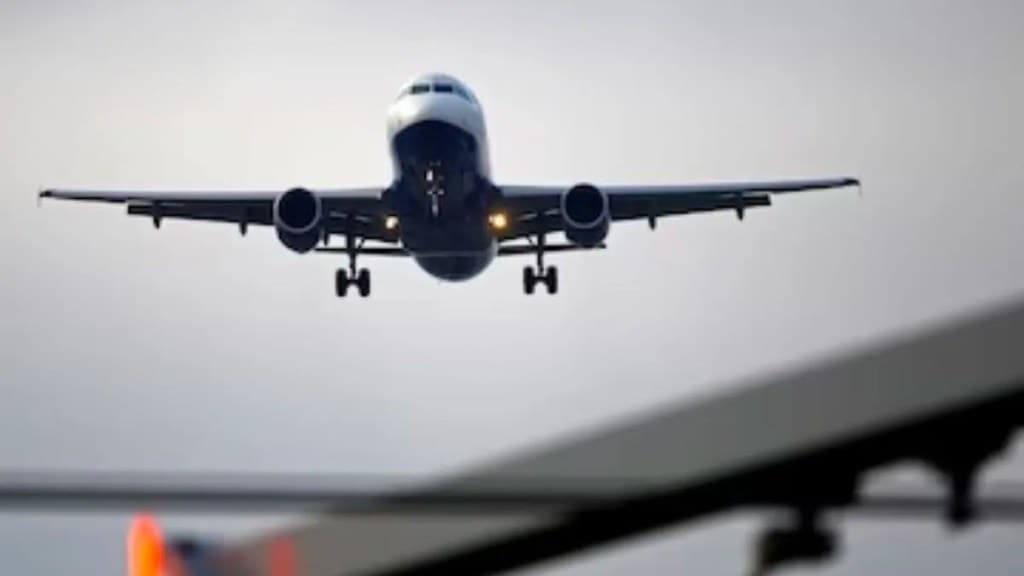In a significant push towards expanding India’s aviation infrastructure, Union Civil Aviation Minister Kinjarapu Rammohan Naidu announced that Varanasi Airport, which currently accommodates around 30 lakh passengers annually, is projected to serve over 3 crore passengers by 2047. To support this massive growth in passenger traffic, a new terminal will be constructed at Varanasi Airport at a cost of Rs. 2,870 crore.
This development is part of a broader initiative aimed at improving air connectivity across key regions in India. The Civil Aviation Ministry is undertaking a range of infrastructure projects, including the development of new terminal buildings and civil enclaves at multiple airports. The overall cost for these projects, including Varanasi, Agra, Darbhanga, and Bagdogra airports, amounts to Rs. 5,910 crore.
Expansion of air connectivity in India
During his visit to Varanasi on October 20, Prime Minister Narendra Modi laid the foundation stone for these airport projects, including new civil enclaves and terminal buildings. In addition, new airports in Rewa (Madhya Pradesh), Sarsawa (Uttar Pradesh), and Ambikapur (Chhattisgarh) were inaugurated. Together, these airports are expected to enhance regional air connectivity, spurring economic growth, tourism, education, and job creation in their respective regions.
The three newly developed airports at Sarsawa, Rewa, and Ambikapur, built at a combined cost of Rs. 225.88 crore, will have the capacity to handle around 10 lakh passengers annually. These airports have been equipped with modern passenger amenities such as check-in counters, baggage conveyors, and concession areas. Sustainability features, reflecting the government’s commitment to eco-friendly infrastructure, are also incorporated into the design.
Focus on infrastructure development
Prime Minister Modi emphasized the importance of infrastructural development in his remarks, highlighting that the government has prioritized large-scale infrastructure investments over the past decade. These projects aim to enhance services for the general public while simultaneously creating employment opportunities for India’s youth.
“The design of each airport reflects the cultural heritage of the respective state and city,” Modi said, underscoring the importance of preserving local culture in the development of modern infrastructure. This blending of heritage and progress is seen as a way to strengthen the connection between local communities and new development initiatives.
The role of UDAN scheme
A key component of this growth is the “UDAN Yojana” Regional Connectivity Scheme, which has already played a transformative role in bringing air travel to remote and underserved regions of India. The newly developed airports in Sarsawa, Rewa, and Ambikapur have been built under the UDAN scheme, which aims to democratize air travel and provide affordable air connectivity to common citizens.
With these developments, India’s air connectivity network is expected to experience a significant boost, benefiting regional economies and supporting long-term productivity. The airports will play a pivotal role in strengthening the economy of their respective states, offering better business opportunities and creating new jobs.
Strengthening India’s position in global aviation
The inauguration of these seven airport projects, with a total investment exceeding Rs. 6,100 crore, marks a major milestone for India’s civil aviation sector. The expanded airport infrastructure will place India’s aviation industry at the forefront of the nation’s economic development and position it as a critical player in the global aviation landscape.
As India continues to develop its aviation capabilities, these new airports and infrastructure projects will contribute to the broader vision of making air travel accessible to all, while supporting the country’s goal of becoming a global hub for aviation in the coming decades.
